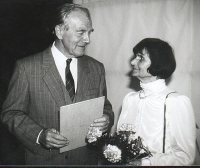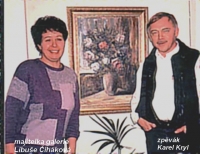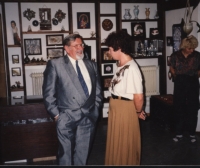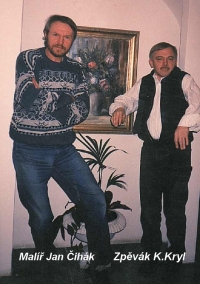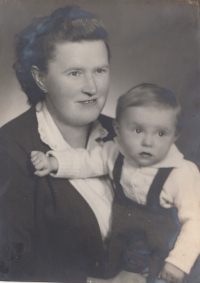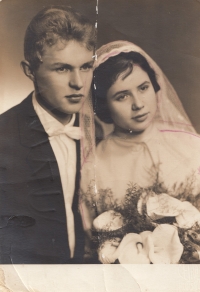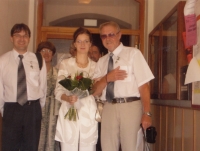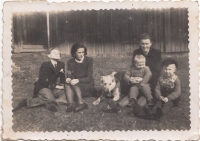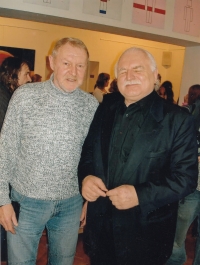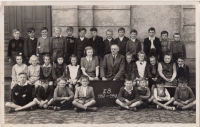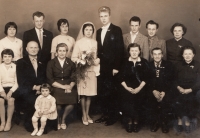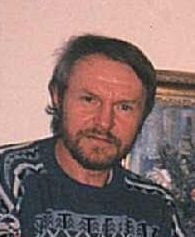The wild 20th century of Jan Čihák

Stáhnout obrázek
Jan Čihák was an illegitimate child, he was born on June 5, 1940 and from his childhood he had several memories of the war and the Prague Uprising in May 1945. After the war, his parents moved to a displaced border area, where he experienced several conflicts with Germans who either stayed there or they secretly returned for their belongings during the nights. Due to his non-conformist nature, he went through many problems and a wide range of jobs, including an attempt at a military career at the Military Aviation School in Košice. All his life he tended to fine art, he studied painting with Jaroslav Šmidra or prof. Robert Bucháček. From the mid-1980s, he made living mainly from the sale of paintings; after the Velvet Revolution, he opened a private gallery in Polička. After dramatic life changes in the 1990s, he lived in a house in Horní Újezd near Polička. Jan Čihák died on March 2, 2021.
